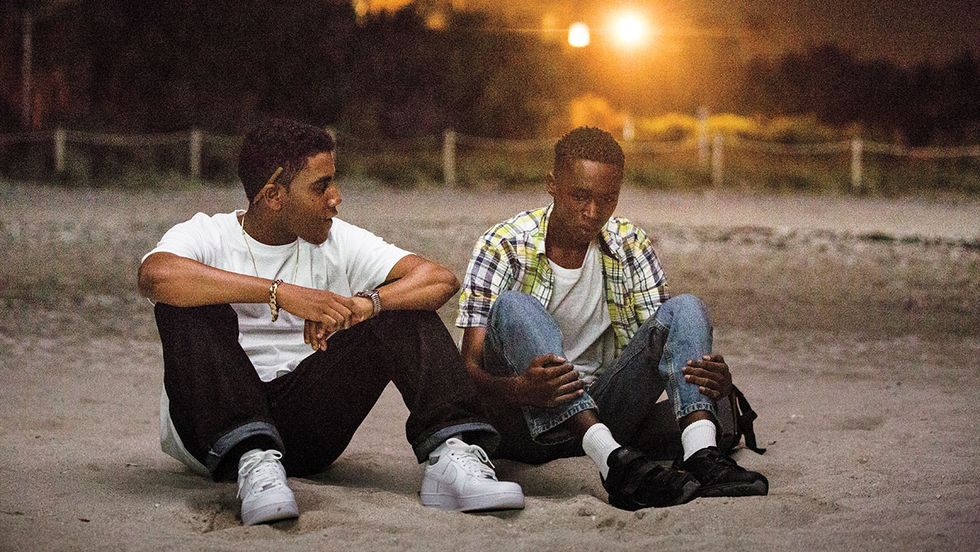“Moonlight,” based on Tarell Alvin McCraney’s play “In Moonlight Black Boys Look Blue,” addresses the cultural reality of sexuality through a deeply personal tale. The film chronicles three chapters of a young man’s development: the often-bullied schoolboy Little, the withdrawn and unsettled teenager Chiron, and finally the powerful but repressed adult Black. Even under the weight of its broad and potent commentary, “Moonlight” maintains a sense of undiluted intimacy -- it is as much a story about the waves touching a young boy’s toes as it is about conformity and social expectation.
It’s that unabashed humanity that makes “Moonlight” so strong. The film lets its character unfold honestly, more concerned with bringing out the inherent value in Chiron’s story than subjugating it to any message. It’s stunning but unromantic, a movie about an individual and himself.
In effect, “Moonlight” tells sexuality without sexualizing it. It’s a rare film where sexual orientation is portrayed independently of a relationship; it’s not a romanticized secret or a lifestyle to eroticize, it’s an integral part of identity. Chiron only briefly dabbles in -- and arguably never fathoms -- his own sexuality, but it’s always there in the atmosphere, caught up in the palpable Miami heat.
Therein lies what many straight people miss about sexual orientation, and what “Moonlight” points out so well: in a culture that tends to impress bold assumptions on its people, those who aren’t in the accepted majority are compelled to contemplate -- and confront -- the same part of themselves that most heterosexual people can easily, even unconsciously, accept. This propels sexual orientation, and its perception and reactions, to the forefront of identity. As “Moonlight” remind us, sexuality is in people before it’s between them.





 Energetic dance performance under the spotlight.
Energetic dance performance under the spotlight. Taylor Swift in a purple coat, captivating the crowd on stage.
Taylor Swift in a purple coat, captivating the crowd on stage. Taylor Swift shines on stage in a sparkling outfit and boots.
Taylor Swift shines on stage in a sparkling outfit and boots. Taylor Swift and Phoebe Bridgers sharing a joyful duet on stage.
Taylor Swift and Phoebe Bridgers sharing a joyful duet on stage.












